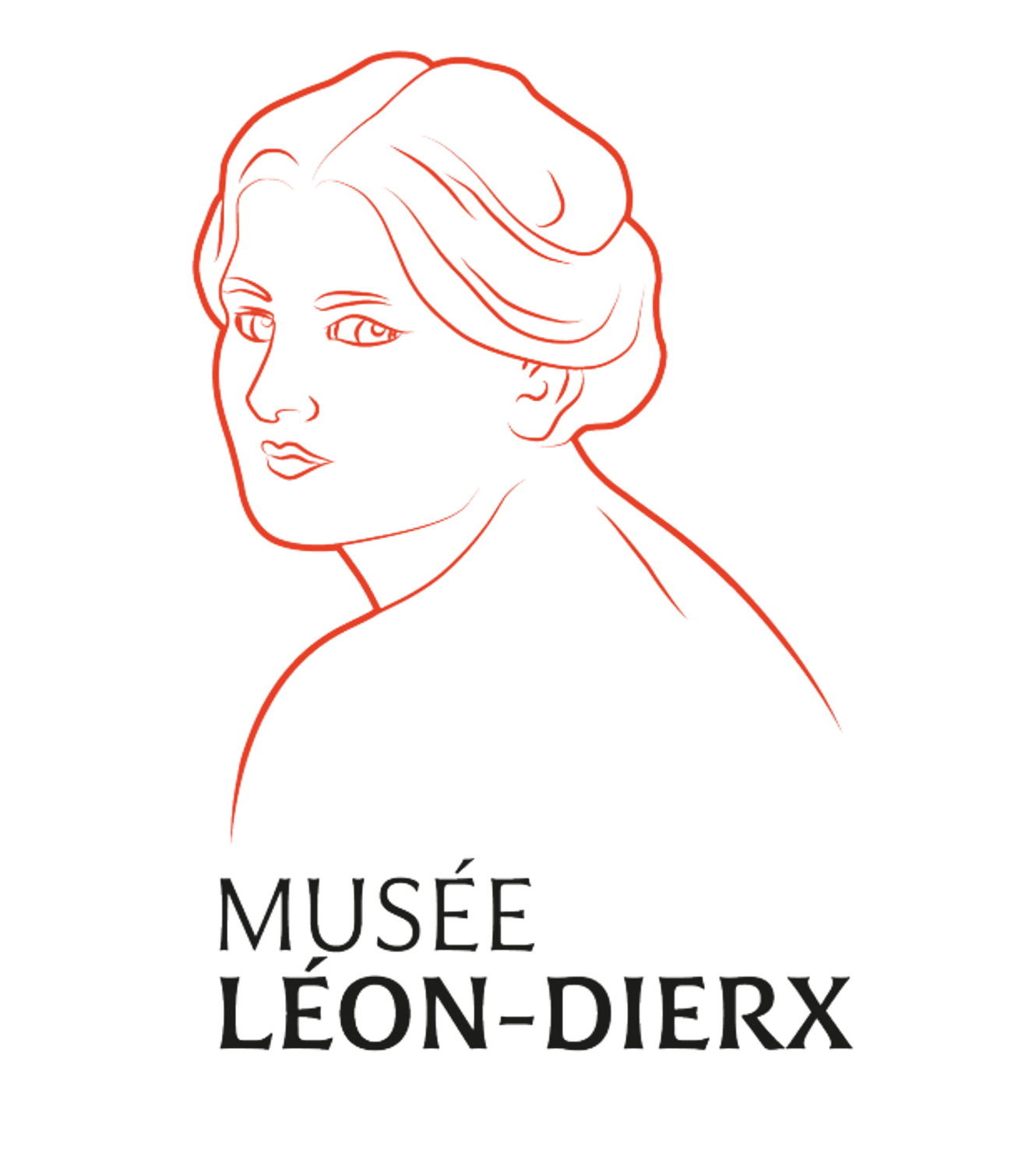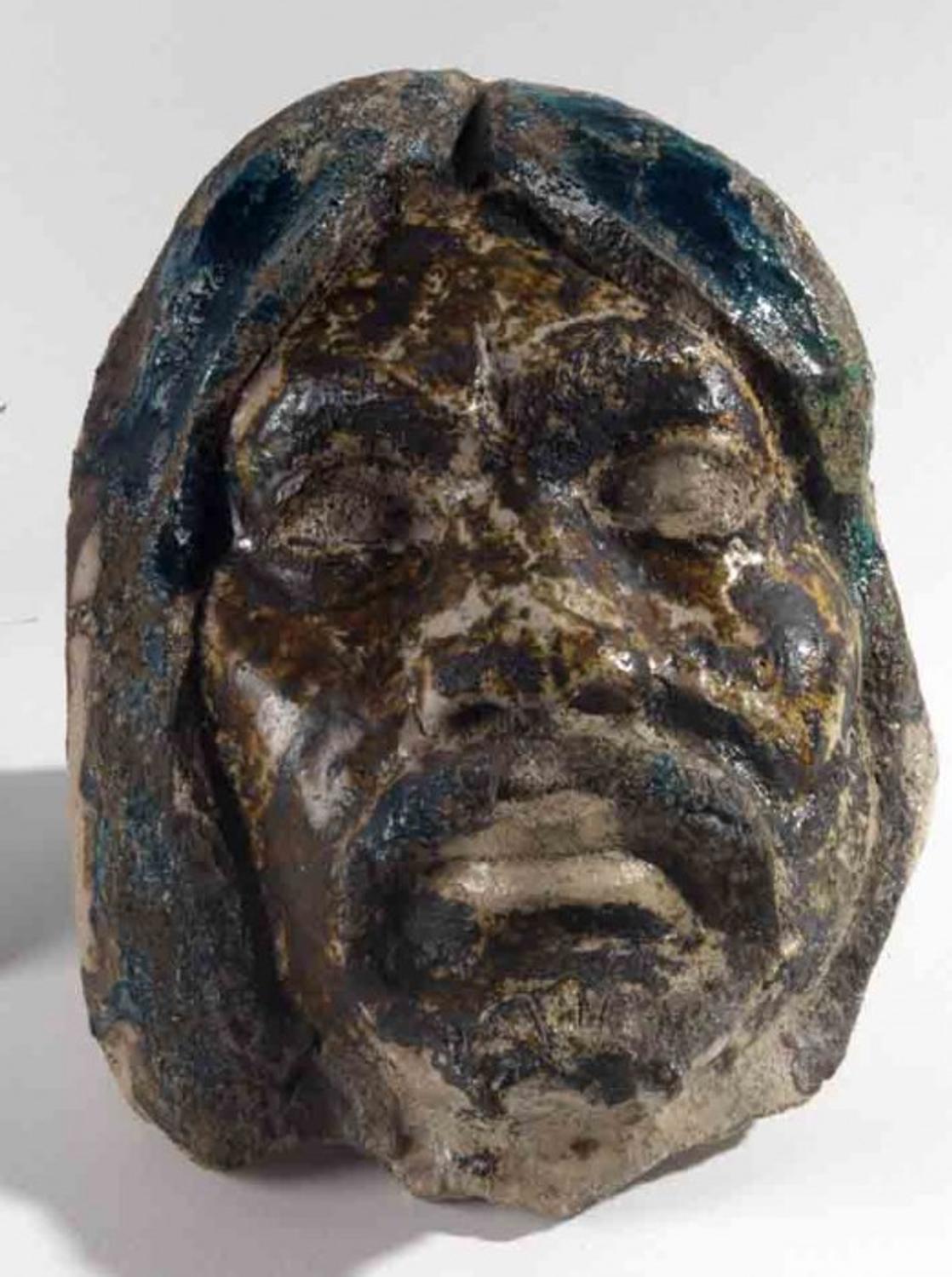THE MASTERPIECES OF THE LEON-DIERX ART GALLERY : Paul GAUGUIN
Paul GAUGUIN
Paris, 7 June 1848 – Iles Marquises, 8 May 1903
After a career in the French Navy, Paul Gauguin became a stockbroker on the Paris stock exchange, where he managed to make a fortune. In the 1870s, he became acquainted with several members of the Impressionist group and started collecting their works. In the 1880s, he embarked on career as a painter, exhibiting with the Impressionists from 1879 to 1886.
Gauguin completely abandoned the world of finance in 1885, devoting himself entirely to art. He was a painter of travel: Paris, Pont-Aven, Arles, Martinique then Tahiti and the islands of the Marquises. His paintings show originality, marked by a certain primitivism, giving him a major role in the artistic avant-garde of the second half of the 19th century.
During the winter of 1886-1887, following his first stay in Brittany, Gauguin began to take an interest in ceramics, becoming initiated in the techniques of modelling and firing at the workshop of the ceramist Ernest Chaplet (1835-1903) in Paris.
Gauguin was familiar with the history of ceramics and wished to compete through his production (one hundred or so works, 60 of which are known to us) with ancient works of art. He began by producing fairly rough pieces in sandstone, using the coil technique. His method then evolved to produce portrait-vases, anthropomorphic ceramics recalling the Peruvian portrait-vases seen in the family on his mother’s side. Gauguin loved experimenting with what he referred to as «the little products of my great folly».
Tête de sauvage, masque, (Head of savage, mask) Paul GAUGUIN
1894-1895
Hand-moulded and enamelled sandstone
25 x 19 x 5 cm
Inv 1947.01.52
Lucien Vollard donation
Gauguin’s Mask of a savage was almost certainly produced in Paris in 1894, at the workshop of Chaplet, when the artist returned to France in July 1893 before his final departure for Polynesia at the end of June 1895. Gauguin produced his last ceramics during this final stay in Paris.
After that, as regards his three-dimensional production, Gauguin worked solely with wood, probably for technical reasons (absence of any kiln on the islands), but also mainly because the «sculpture-ceramic» pieces, produced and fired between 1894 at 1895, were, in his own words, unsurpassable masterpieces. These very rare objects are the four-sided vase in the shape of a plinth entitled Hina et Te Fatou (Unknown place), the large work Oviri (now in the Musée d’Orsay) and Tête de sauvage, masque (Head of a savage, mask) conserved at the Leon-Dierx art gallery.
At first glance, the mask admittedly recalls the figure of the god Fatu linked to the earth in the region of Polynesia, present in other examples of the artist’s work. But for Gauguin himself there was no confusion possible. Several times, he precisely referred to the sandstone mask. In 1896, he mentioned in a letter «the enamelled head of a savage (Mask)», that he qualified as being «a unique ceramic piece"; in 1897, he wrote to Ambroise Vollard: «And the mask "Head of savage" would make a beautiful bronze, but somewhat expensive.» Only three of his masks were cast in bronze.
This mask is therefore not linked to the mythology of Polynesia. What we have here is more a self-portrait of Gauguin, not a physical representation but the highly symbolic and, paradoxically, unmasked image of the «savage» he wished to be, become or return to, both as a man and as an artist.
Text based on Tête de sauvage, masque (Head of savage, mask) by Jean-David Jumeau-Lafond, in Gauguin Portraits, 5 continents Éditions, 2019, p. 57-58.






